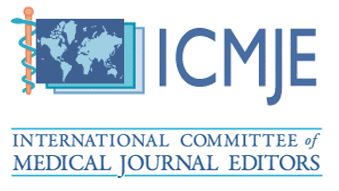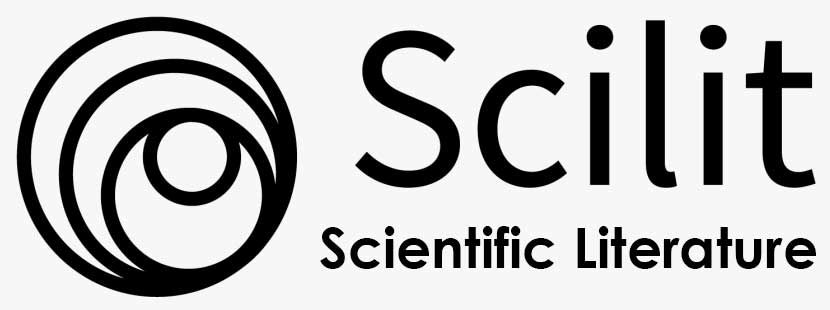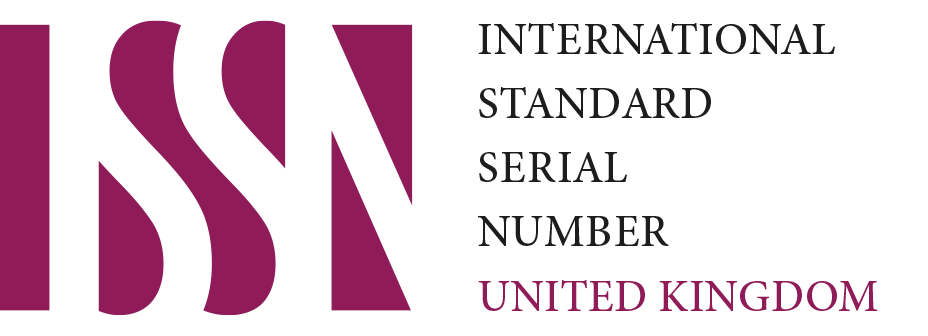Treatment with TMA Wire in Class III MEAW/GEAW Philosophy
Tamanini Ronaldo*
Orthodontic specialist, dental clinician, Brazil.
*Corresponding Author: Tamanini Ronaldo, Orthodontic specialist, dental clinician, Brazil.
https://doi.org/10.58624/SVOADE.2025.06.010
Received: March 25, 2025
Published: April 15, 2025
Citation: Ronaldo T. Treatment with TMA Wire in Class III MEAW/GEAW Philosophy. SVOA Dentistry 2025, 6:2, 53-59. doi: 10.58624/SVOADE.2025.06.010
Abstract
Skeletal class III malocclusions is one of the biggest challenges in Orthodontics. After the diagnosis most patients refuse to do orthognathic surgery. With the new techniques, MEAW/GEAW, the problem can be solved with orthodontics compensation. This case report presents a dentoalveolar compensation in the orthodontic treatment of a 29-year-old male patient with class III malocclusion, concave profile, mandibular and maxillary prognathism, and a vertical deficiency in the posterior region. Treatment planning involved a TMA archwire, otherwise a gunmetal archwire, based on a multiloop edgewise archwire (MEAW / GEAW) associated with intermaxillary elastics with counterclockwise rotation of the occlusal plane in the posterior region of the maxilla aiming at obtaining an increased posterior vertical dimension. After 18 months of treatment, the skeletal class III relationship was camouflaged. At the end of the orthodontic treatment, it was possible to observe an improvement of the occlusal plane and a functional occlusion. The results remained stable at a a year follow-up. The MEAW/ GEAW, associated with the use of elastics, seems to be an effective treatment option for class III camouflage with reduced posterior vertical dimension with no need for additional anchoring devices but require adequate bending of wires and patient compliance.
Keywords: MEAW/GEAW, Archwire, Class III patients











